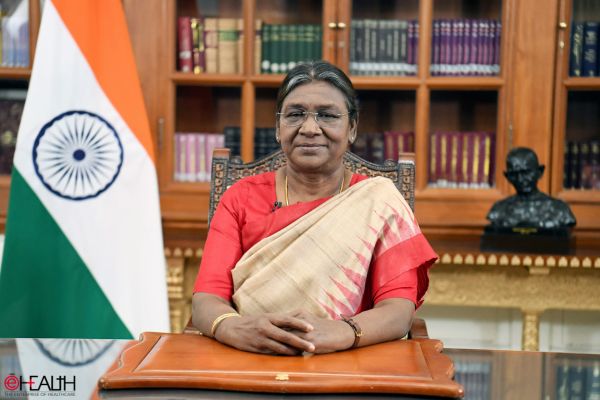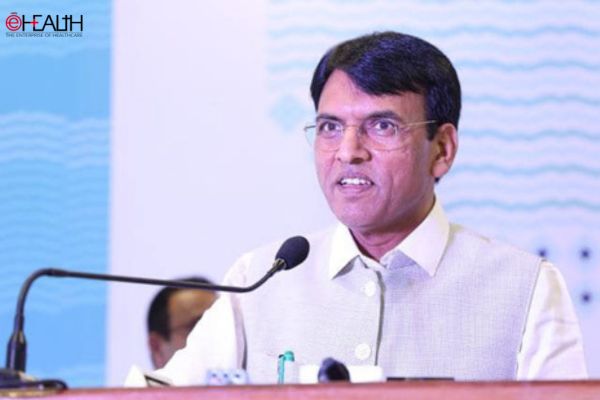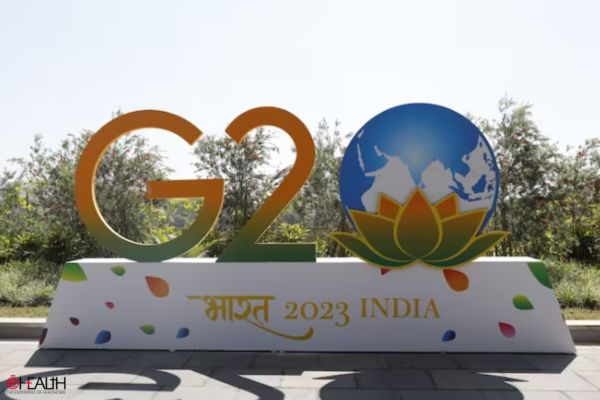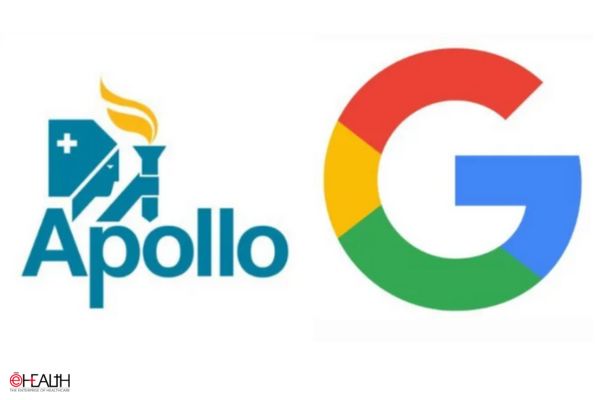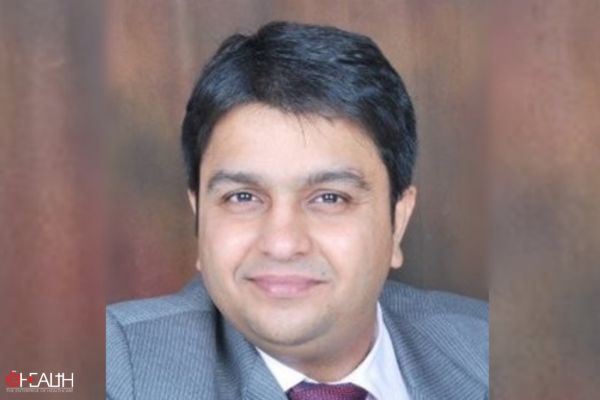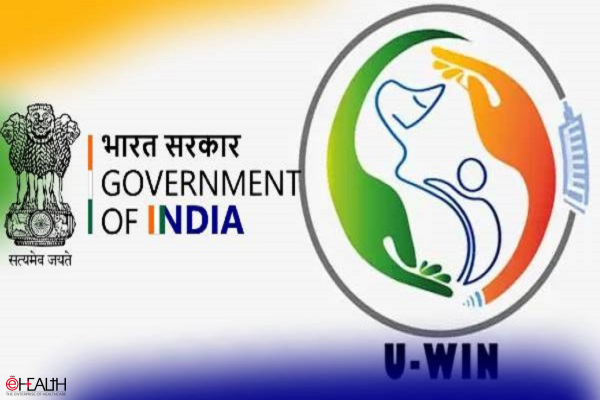Mumbai has India’s Best Healthcare. It isn’t Enough
 Mumbai has Indias best public-health infrastructures”by far”yet it needs to at least double its medical personnel and health facilities to be able to serve its underserved citizens, an Indiaspend analysis has revealed.
Mumbai has Indias best public-health infrastructures”by far”yet it needs to at least double its medical personnel and health facilities to be able to serve its underserved citizens, an Indiaspend analysis has revealed.State and municipal hospitals are short by 26% of health-care workers and nurses and by 44% of doctors, according to the recently released State of the Health report from Praja,an advocacy. State medical colleges that also work as hospitals are short of lecturers by 38% and paramedical staff by 25% says the report.
Mumbais existing health infrastructure was planned between 1950 and 1980 to cater to 5.2 and 7 million people, while the facilities are currently used by about 13 million people,said a World Bank study.

Most of Mumbais people flock to state-run hospitals because they are affordable. For example, an angioplasty at a government hospital costs somewhere around Rs.75,000, while a private hospital charges between Rs 3 lakh and 3.5 lakh for the same procedure.

Mumbais healthcare is fairly representative of the urban Indias healthcare challenges. Mumbai is one of Indias fastest growing and most densely populated cities. Although Maharashtra is Indias second-most populous states, Mumbai”with only 0.19% of the states land area, holds 12% of its population (and 1.03% of Indias population). The healthcare challenges are obvious.
Mumbais health infrastructure is provided by the Municipal Corporation of Greater Mumbai (MCGM), the government of Maharashtra and public trusts and private owners of the hospitals. The MCGM runs primary, secondary and tertiary levels through health posts, dispensaries and post-partum centers. No Indian city can match Mumbais spread of healthcare facilities, as the chart below shows number of registered health care facilities in different cities across India.

Public hospitals in Mumbai can serve 20,000 patients; private hospitals can handle 22,000 patients every day.

Impressive as these numbers are, they pale in comparison to other countries, even in the emerging world. Take a look at the doctors available per 100,000 people in cities across the world.
post_id:uld_count:
Cookie not set
Value 1: 0
Value 2: 10







